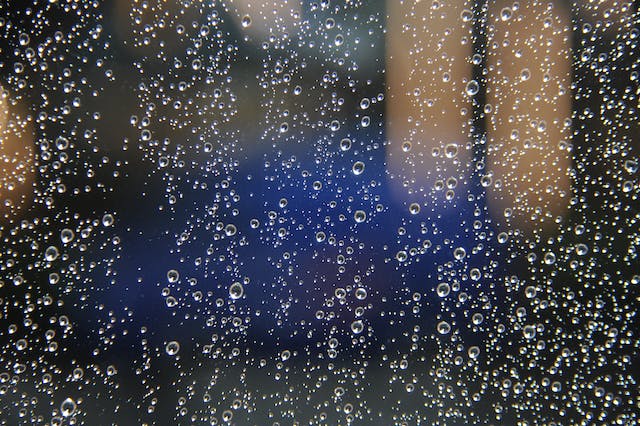Moisture is a huge problem for homes that are poorly insulated and ventilated. Not only does moisture in the home present a health risk, but it can also cause extremely costly damage. Of course, proper ventilation is one way to decrease your moisture problems. This is because many of the issues occur because your house is too humid. Humidity creates condensation and moisture, so the more you can control that, the better off you’ll be.
Not all moisture problems are visible, however, and it pays to do a few regular checks. Let’s have a look at the most common moisture issues in homes today.
Mould build-up
One of the most obvious signs of moisture is a build-up of mould. Not only does mould look horrible, but it can also be toxic. Mould releases spores into the air, and when you’re in an enclosed space like a house, this can be a health risk.
Fortunately, mould is very visible. You’ll see it most commonly in hot, wet areas like the bathroom, but it can form anywhere that moisture is present. So, keep an eye out for mould, and don’t forget to check in places like cupboards, particularly under sinks or anywhere there’s plumbing.
Condensation on the windows
If you see condensation on your windows during winter, you’ve got a problem. Generally, this is caused by humidity in the home. Condensation forms on windows because the outside of the window is cold, but the inside of your home is humid. It can also be present in summer months, and this is an indication the hot air is getting into your home when you don’t want it to.
Check your windows regularly for condensation, and also check the seals around doors and windows for leaks. When condensation eventually rolls down your window, it can cause mould, so it’s a problem that needs attention.
Condensation around your plumbing
You may find the same condensation problems around your plumbing, such as toilets and exposed pipes. The cause is exactly the same as the windows. Too much humidity leads to a condensation build-up. Again, that water ends up going somewhere, and can cause mould or rot. Insulating and ventilating your home goes a long way towards controlling humidity levels, so this is one way to solve the problem.
Moisture in your roof cavity
The roof cavity is a dangerous area for condensation and moisture, because you rarely see it. However, if there’s a moisture problem, you might start seeing stains on your ceiling as the water makes its way through. Proper Roof insulation is one way to solve the problem, but it’s important also that your roof cavity is ventilated. The humidity you’re trying to keep out of your home has to go somewhere, and that’s why ventilation is crucial.
So, check your roof insulation, find some cost-effective ventilation methods, and keep your home free of moisture. By controlling the humidity levels inside, you should see less condensation, less moisture, and hopefully no mould!

